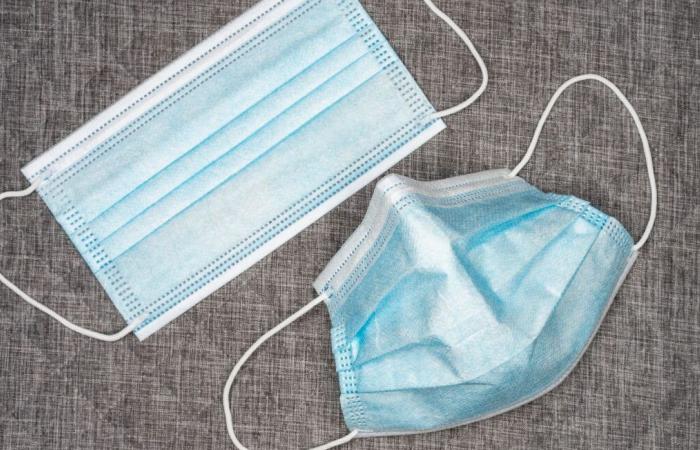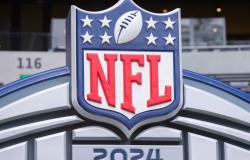Nearly five years after Covid-19 entered our lives, the international scientific community has not yet managed to determine its origin with certainty. If, a priorithe first cases were detected at the end of 2019 in Wuhan (China), two theories clash: leak from a laboratory in the city where similar viruses were being studied, or an intermediary animal having infected people who frequented a local market. This last theory is favored by the scientific community.
Pointing the finger, the pangolin quickly appeared as the ideal culprit, and yet. At the beginning of the epidemic, the pangolin was not present at the market, explains to BFM TV Florence Débarre, researcher at the CNRS and co-author of a study on the origins of Covid published Thursday in the journal Cell. Would it therefore be completely unrelated to this epidemic? Not necessarily, assures the researcher. “Viruses similar to SARS-CoV-2 have been detected in the pangolin on several occasions. It is therefore conceivable that at one point or another, in the long chain of events, it was a host. But like the bat, it is unlikely that it directly infected humans.”
Today, a new list of potential suspects has just been established. Suspicions weigh on the civet, the bamboo rat, the porcupine and the raccoon dog or “racoon dog” according to the study. The latter, a sort of mix between a raccoon, a dog and a fox, is now presented as the main suspect. “The raccoon dog is a species for which it has been experimentally demonstrated that it can not only be infected and have their version of Covid, but also transmit it. This makes it an important suspect,” explains Florence Débarre.
The study, important in the scientific world, provides new elements reinforcing the hypothesis of transmission to humans by infected animals introduced into a market in Wuhan. It is based on the analysis of more than 800 samples collected in this market where different species of wild animals were sold. Collected in January 2020, after the market closed, they were taken from surfaces, in various stands, including those selling wild animals, and in sewers.
With this type of data, made available to researchers by Chinese scientists, “we cannot say with certainty whether the animals (present on the market) were infected or not,” warns Florence Débarre. But, “our study confirms that there were wild animals in this market at the end of 2019, notably belonging to species such as raccoon dogs or civets. And that these animals were present in the southwest corner of the market, which also happens to be an area in which many SARS-CoV-2 viruses, responsible for Covid-19, have been detected,” she explains. The presence at the market of these species, identified as probable intermediate hosts of the virus between bats and humans, has been disputed and until now only photographic evidence and the results of a study describing the animals sold in Wuhan were available.
The market as a starting point
In the study, “animal carts, a cage, a garbage cart, and a hair and feather remover from a wildlife stall” tested positive for SARS-CoV-2 and there was “more DNA from wild mammal species than human” in these samples. Wildlife DNA was found in the positive samples from this stall, including species such as civet cats, bamboo rats, and raccoon dogs. “These data indicate that either animals at this stall shed SARS-CoV-2 detected on the animal equipment or that unreported early human cases of COVID-19 shed the virus in the exact same location as the detected animals,” the study authors explain.
Another element points to the market as the starting point for the spread of the virus. The study establishes that the “most recent common ancestor (MRCA)” of SARS-CoV-2 found in the market samples, that is, the original strain, is “genetically identical” to the MRCA of the pandemic as a whole. “This means that the early diversity of the virus is found in the market, as we would expect to see if this is the place of emergence,” explains the researcher.
Our file on Covid-19
This new study “provides very strong evidence that wildlife stalls in the market […] were a hotbed of the Covid-19 pandemic,” said James Wood, an epidemiologist at the University of Cambridge, to the Science Media Center. “This work is important,” he said, because despite efforts “globally to strengthen laboratory biosafety […]little or nothing has been done to limit the live wildlife trade, biodiversity loss or land use changes, which are the likely real drivers of past and future pandemic outbreaks.”






